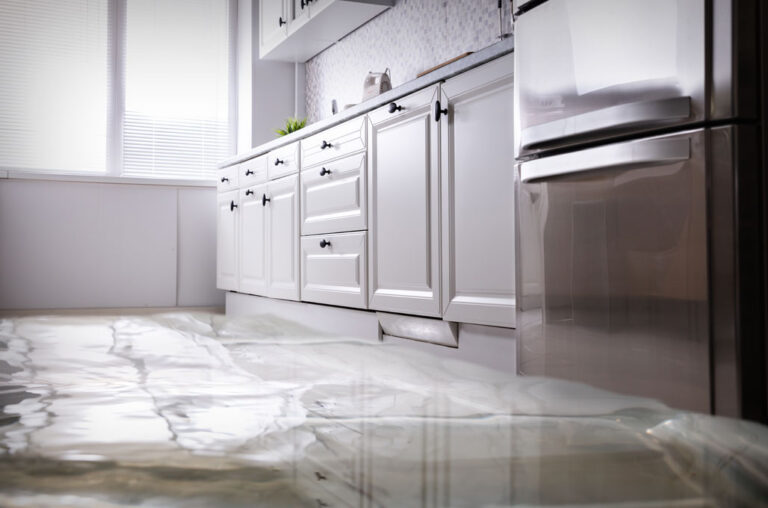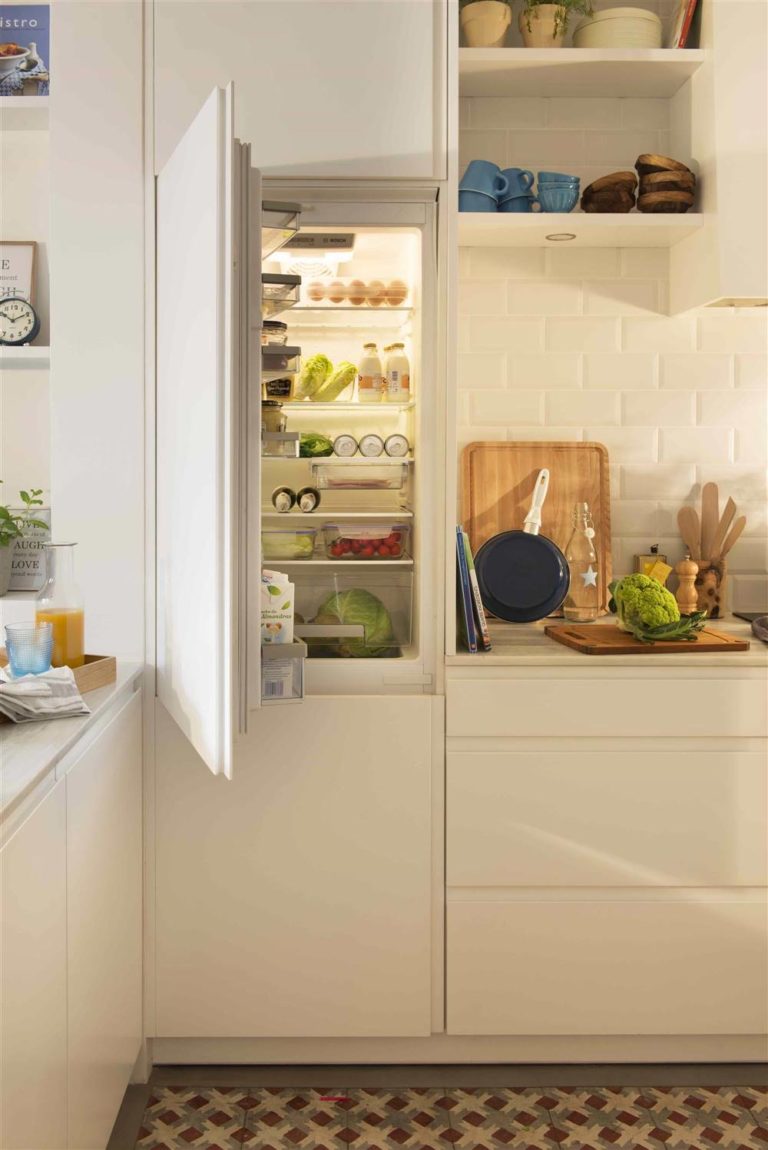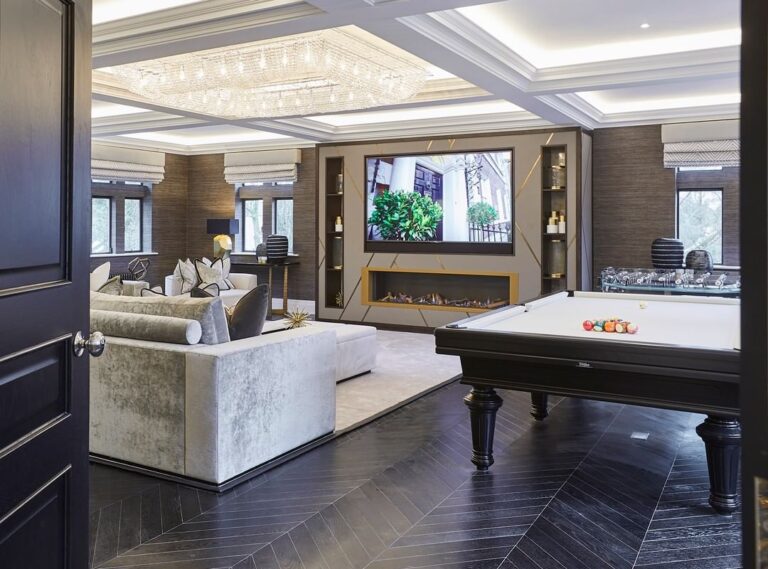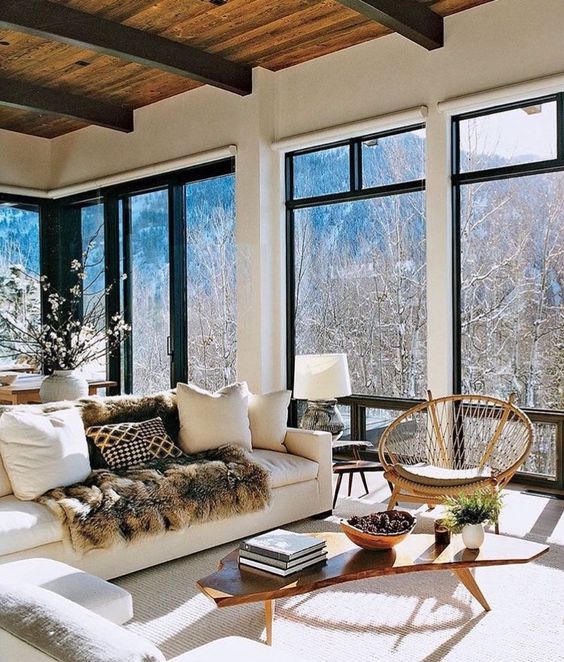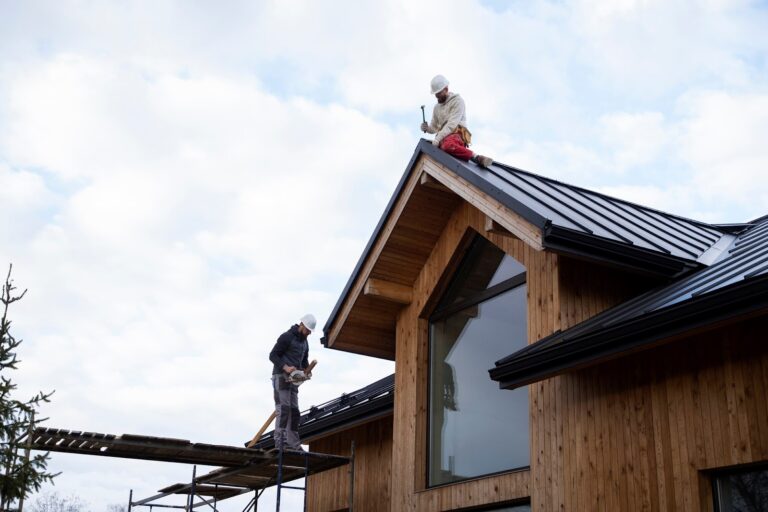Outdoor Design Style That Are Eco-Friendly
Designing an outdoor space requires much planning and preparation. When creating outdoor areas, more people today are going green. Not only does it help the environment, but many eco-friendly options also reduce maintenance costs and resources. Here are some tips and ideas on how to design an eco-friendly outdoor style.
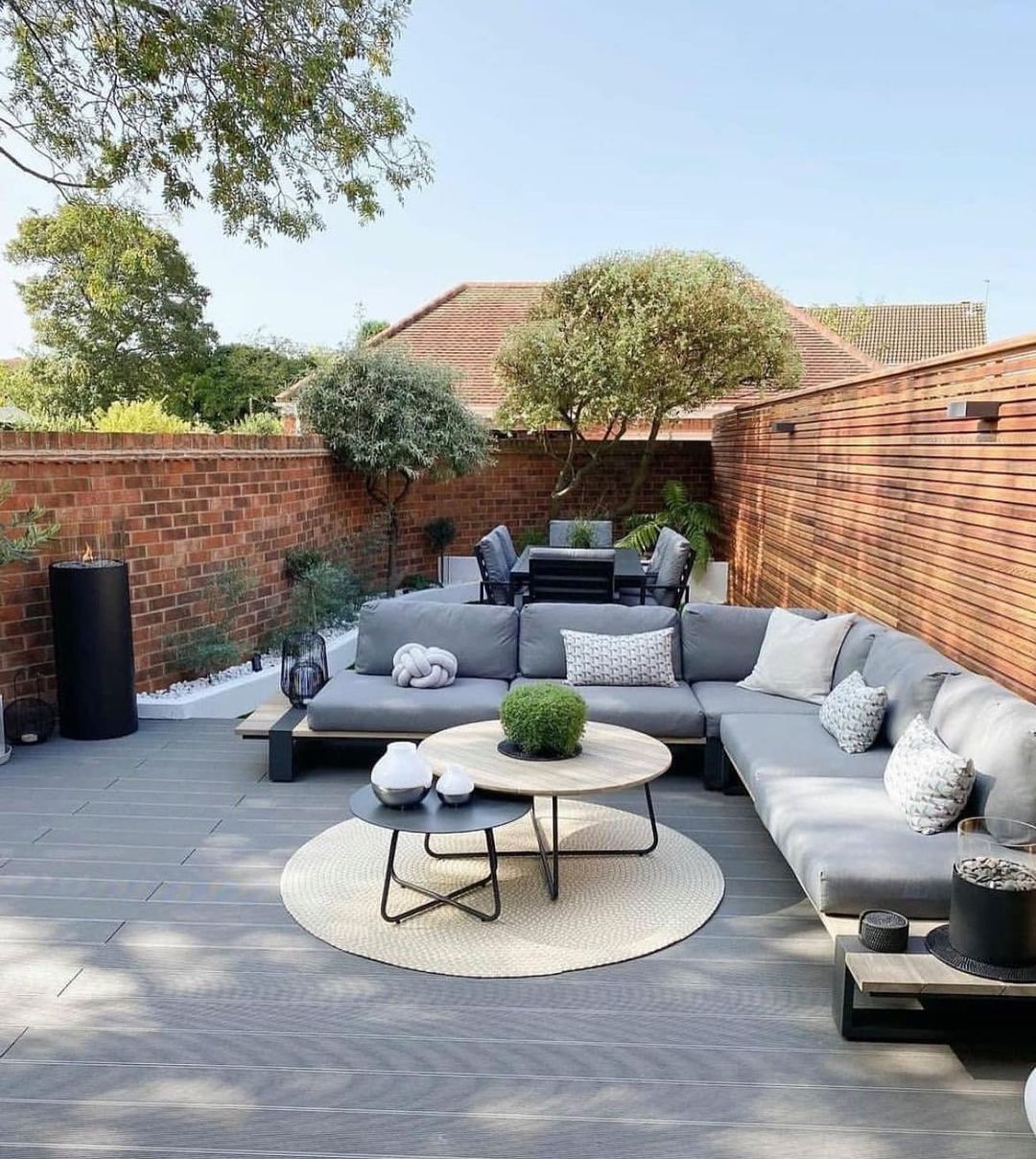
Low-maintenance Gardens
Starting your very own garden or adding more plants to your collection is always a good idea. However, if you have too much, you may not be able to maintain everything. It can also be a waste of time and resources. But if you want to fill your garden with plants and flowers, consider choosing a low-maintenance garden, it’s an easy outdoor design style.
How can you have a low-maintenance garden? One way to have a simple yet elegant garden is by low-maintenance plants. Lavenders, Geraniums, and Dahlias are a few options that you can pick. Evergreens, such as Box plants and Hollies, are also excellent options.
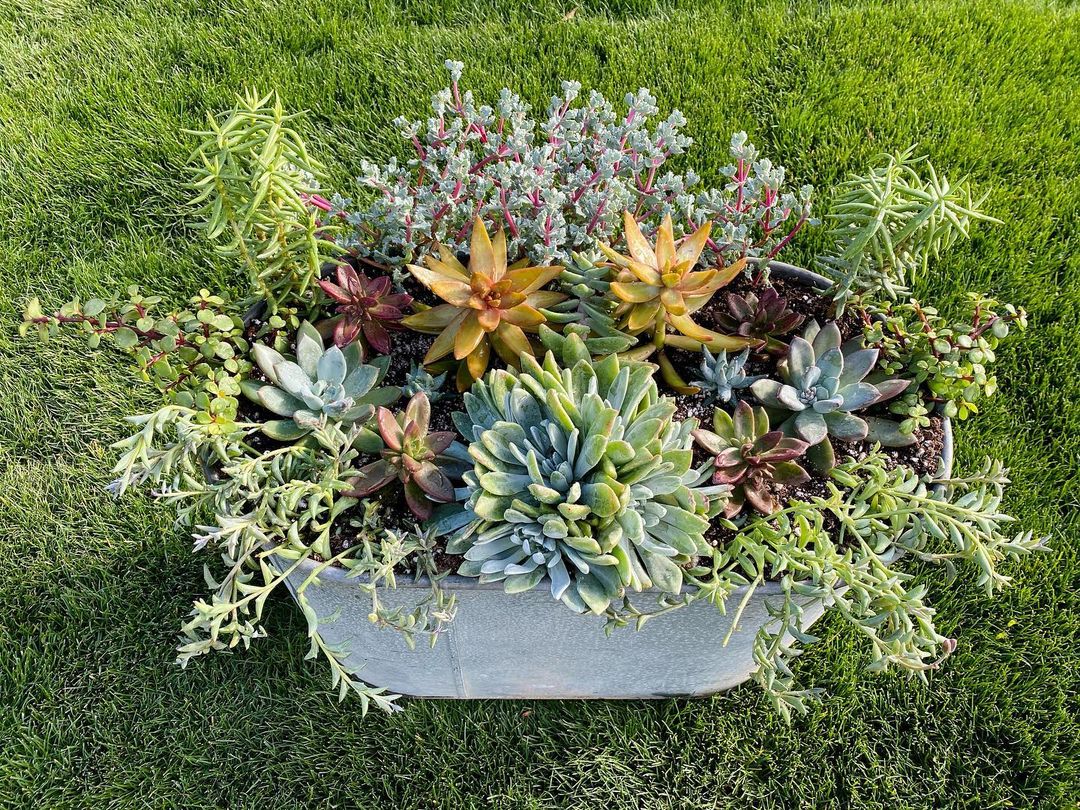
Besides planting flowers and plants, you may also consider designing a nutrition garden. To start a nutrition garden, you will need to grow vegetables, fruits, and edible herbs for your consumption. Not only does it make your outdoor space greener, but you can also benefit from the fruits of your labour.
Eco-Friendly Decking
Your deck or patio is the centre of your entire outdoor space. It is the main attraction, and you’ll spend most of your time there. The best garden and eco-friendly garden styles make use of sustainable materials. But what are the best eco-friendly decking materials you can use? Every decking material has its advantages and disadvantages. For instance, wood decks are the cheapest and most readily available. However, a few wood materials are not entirely sustainable.
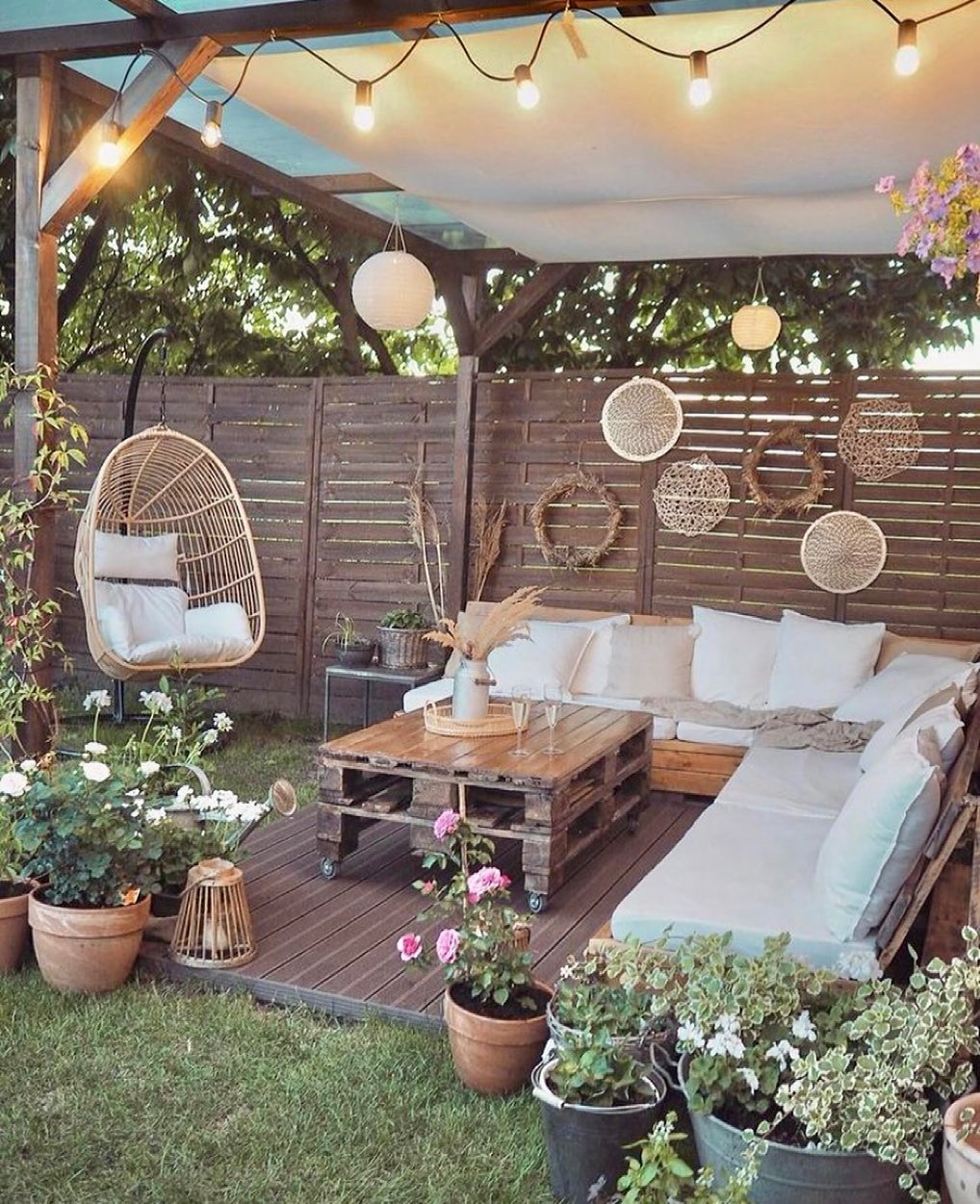
For example, pressure-treated lumber, a common decking material, uses chemical preservatives and is hard to recycle. Contrary to what some people might think, hardwoods are also not as sustainable. Hardwoods are slow-growing trees, requiring decades to grow. While they do last for a long time, the sudden demand for hardwood lumber can cause deforestation. It can still cause negative impacts on the environment.
An alternative to wood is composites. Composite decking materials are eco-friendly because manufacturers use recycled materials to produce them. Compared to other non-wood decking, composites are also the only ones that look as natural as wood. Composite decks are also low-maintenance and don’t need stains, paints, or seals, all of which are chemicals harmful to the environment.
Artificial Lawn Gardens
Not everyone has the time and patience to cultivate a lush lawn. You need to water, mow, weed, and fertilize it regularly. Some may even need to use chemicals. But if you want a quick and easy way of having a green garden, consider using artificial grass.

For instance, you can use fake grass rolls or tiles to cover your lawn. They don’t require watering, weeding, and fertilizing. You also don’t have to use harmful chemicals that may harm the environment. Fake grass tiles and rolls will remain green as long as you maintain them properly. And the best thing is, artificial grass has come a long way. More companies and manufacturers now use recycled materials to produce their products.
Outdoor Design Style : Mulched Gardens
Besides fake grass, you can create an outdoor area with other lawn alternatives. For instance, you can opt to have a mulch garden style. Mulch can improve the quality of the soil by retaining more moisture. It also stops the growth of weeds and prevents frosting in the winter. Surrounding your garden with mulch also improves its aesthetics. It can serve as a backdrop or framing for your garden, patio, or decking.
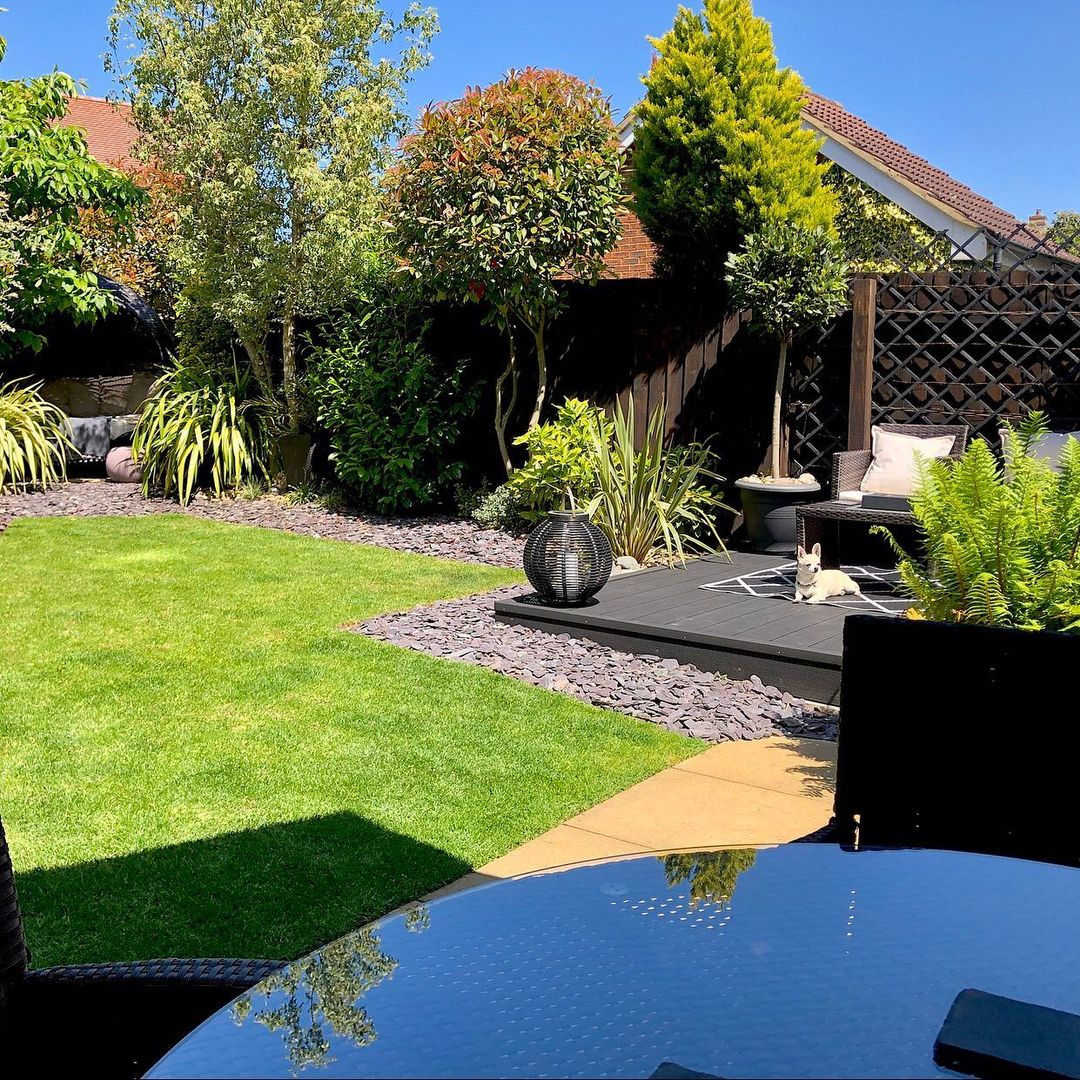
There are several mulch options that you can pick. You can use organic mulch out of newspapers, barks, wood shavings, and grass clippings. However, you can’t use them near wooden structures. Inorganic mulches, such as gravel and rubber chips, work as well. Both inorganic and organic mulch has advantages and disadvantages you’ll need to weigh. You may want to do some research on which fits your garden the best.
Energy-Saving Lighting
All garden styles require lighting. But conventional lighting designs use up a lot of energy. To make your garden greener, consider switching to energy-saving lights. When it comes to efficiency, LED is the usual go-to for homeowners. It uses less electricity and produces less heat. You can also take advantage of solar energy by deploying solar-powered lights. With solar lights, you can have unlimited lighting without any harsh effects on the environment.
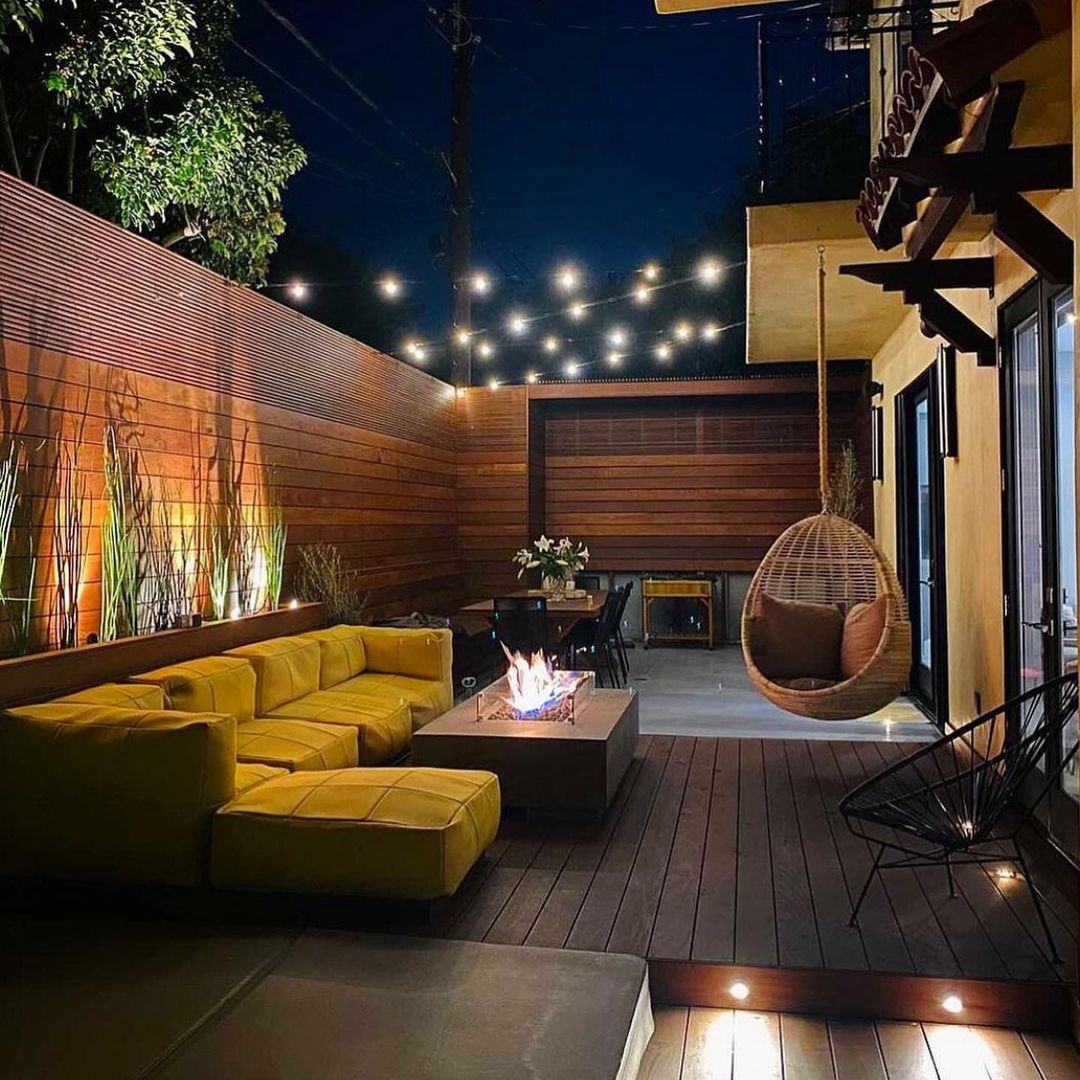
Another option is making your very own DIY lights. Jar lights and tin can lanterns are a few examples of DIY lighting that you can add to your garden. The use of mirrors can also illuminate and elevate your garden style.

